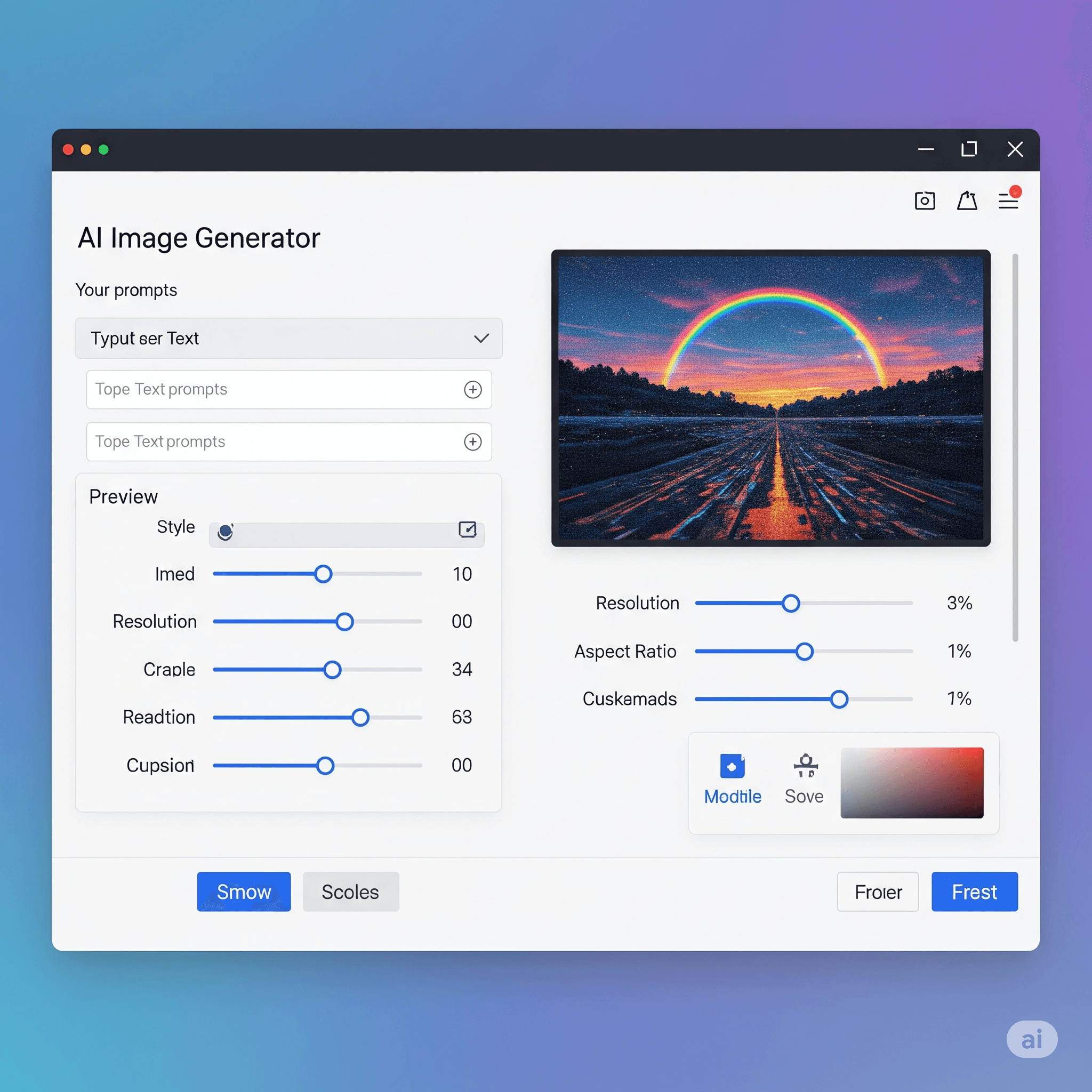Question: What are meta tags?
Answer:
Meta tags are snippets of HTML code that provide information about a webpage to search engines and website browsers. They are placed within the <head></head> section of an HTML document and are not visible to website visitors unless they view the page source or inspect the elements.
Here are some common types of meta tags:
1. Title Tag: The title tag defines the title of a webpage. It appears as the clickable headline in search engine results and is important for both SEO and user experience.
2. Meta Description Tag: The meta description tag provides a brief summary or description of the webpage's content. It often appears below the title tag in search engine results, serving as a preview of the page. While it doesn't directly impact rankings, a well-crafted meta description can influence click-through rates from search results.
3. Meta Keywords Tag: In the past, meta keywords were used to indicate the main keywords or topics of a webpage. However, search engines now give less importance to this tag because of its susceptibility to keyword stuffing and misuse.
4. Meta Robots Tag: This tag controls how search engine crawlers interact with a webpage. It can instruct search engines to index or not index a page, follow or not follow its links, and display or not display the page in search results.
5. Canonical Tag: The canonical tag is used to specify the preferred version of a webpage when multiple versions with similar content exist. It helps prevent duplicate content issues and consolidates ranking signals for search engines.
6. Open Graph Tags: Open Graph tags are specific meta tags used by social media platforms to optimize how a webpage appears when shared on social networks. They define elements like the title, description, image, and other relevant information.
Here is a list of common meta tags used in HTML:
1. `<title>`: Defines the title of a webpage.
2. `<meta name="description" content="...">`: Provides a brief description of the webpage.
3. `<meta name="keywords" content="...">`: Specifies keywords related to the webpage (less important now).
4. `<meta name="robots" content="...">`: Instructs search engine crawlers on how to handle the webpage.
5. `<link rel="canonical" href="...">`: Specifies the preferred URL when multiple versions of a webpage exist.
6. `<meta property="og:title" content="...">`: Defines the title for social media sharing (Open Graph).
7. `<meta property="og:description" content="...">`: Provides a description for social media sharing (Open Graph).
8. `<meta property="og:image" content="...">`: Specifies an image to accompany social media sharing (Open Graph).
9. `<meta name="viewport" content="...">`: Sets the viewport properties for responsive web design.
10. `<meta http-equiv="refresh" content="...">`: Redirects or refreshes the webpage after a specific time.
These are just a few examples of meta tags, but there are additional tags that serve different purposes. It's important to note that while meta tags can provide information to search engines, they don't guarantee specific rankings. They should be optimized strategically and in line with best practices to enhance the visibility and clickability of webpages in search engine results.
MCQ: What are meta tags?
Explanation:
Meta tags are snippets of HTML code that provide information about a webpage to search engines and website browsers. They are placed within the <head></head> section of an HTML document and are not visible to website visitors unless they view the page source or inspect the elements.
Here are some common types of meta tags:
1. Title Tag: The title tag defines the title of a webpage. It appears as the clickable headline in search engine results and is important for both SEO and user experience.
2. Meta Description Tag: The meta description tag provides a brief summary or description of the webpage's content. It often appears below the title tag in search engine results, serving as a preview of the page. While it doesn't directly impact rankings, a well-crafted meta description can influence click-through rates from search results.
3. Meta Keywords Tag: In the past, meta keywords were used to indicate the main keywords or topics of a webpage. However, search engines now give less importance to this tag because of its susceptibility to keyword stuffing and misuse.
4. Meta Robots Tag: This tag controls how search engine crawlers interact with a webpage. It can instruct search engines to index or not index a page, follow or not follow its links, and display or not display the page in search results.
5. Canonical Tag: The canonical tag is used to specify the preferred version of a webpage when multiple versions with similar content exist. It helps prevent duplicate content issues and consolidates ranking signals for search engines.
6. Open Graph Tags: Open Graph tags are specific meta tags used by social media platforms to optimize how a webpage appears when shared on social networks. They define elements like the title, description, image, and other relevant information.
Here is a list of common meta tags used in HTML:
1. `<title>`: Defines the title of a webpage.
2. `<meta name="description" content="...">`: Provides a brief description of the webpage.
3. `<meta name="keywords" content="...">`: Specifies keywords related to the webpage (less important now).
4. `<meta name="robots" content="...">`: Instructs search engine crawlers on how to handle the webpage.
5. `<link rel="canonical" href="...">`: Specifies the preferred URL when multiple versions of a webpage exist.
6. `<meta property="og:title" content="...">`: Defines the title for social media sharing (Open Graph).
7. `<meta property="og:description" content="...">`: Provides a description for social media sharing (Open Graph).
8. `<meta property="og:image" content="...">`: Specifies an image to accompany social media sharing (Open Graph).
9. `<meta name="viewport" content="...">`: Sets the viewport properties for responsive web design.
10. `<meta http-equiv="refresh" content="...">`: Redirects or refreshes the webpage after a specific time.
These are just a few examples of meta tags, but there are additional tags that serve different purposes. It's important to note that while meta tags can provide information to search engines, they don't guarantee specific rankings. They should be optimized strategically and in line with best practices to enhance the visibility and clickability of webpages in search engine results.
Discuss a Question
Related Questions
- 1. What is meant by web 2.0?
- 2. In Electronic cash payment (i) a customer withdraws “coins” in various denominations signed by the bank (ii) the bank has a database of issued coins (iii) the bank has a database of spent coins (iv) the bank cannot trace a customer
- 3. Electronic Data Interchange (EDI) standards are
- 4. What is SMTP ?
- 5. What is extranet ?
- 6. Electronic Data Interchange is necessary in
- 7. what is mail gateway or a mail transfer agent (MTA)?
- 8. Electronic Data Interchange (EDI) requires
- 9. In SMTP, the entity that is used to prepare the message is called the ________
- 10. What is World Wide Web?
You may be interested in:
Web Fundamental MCQs






